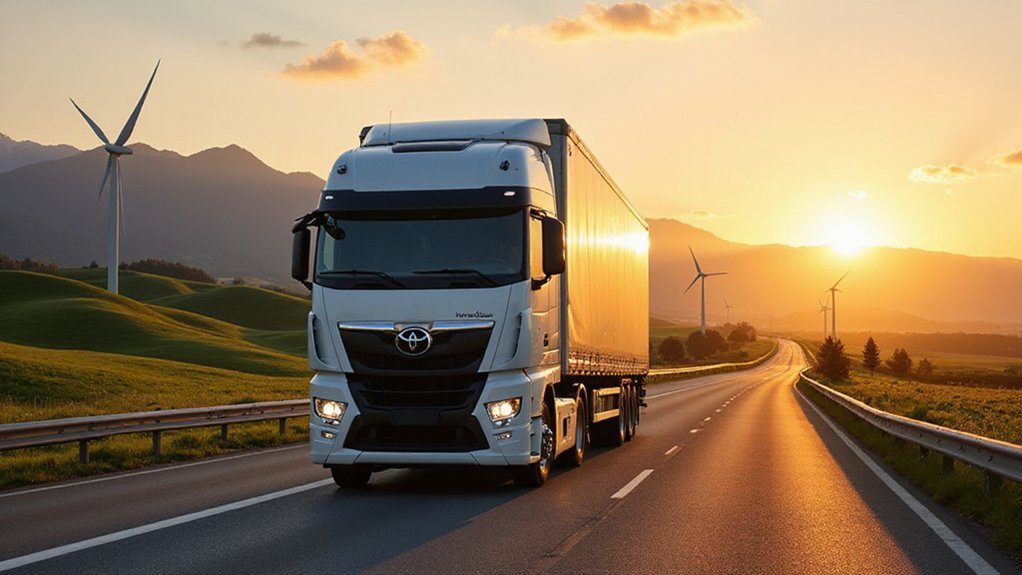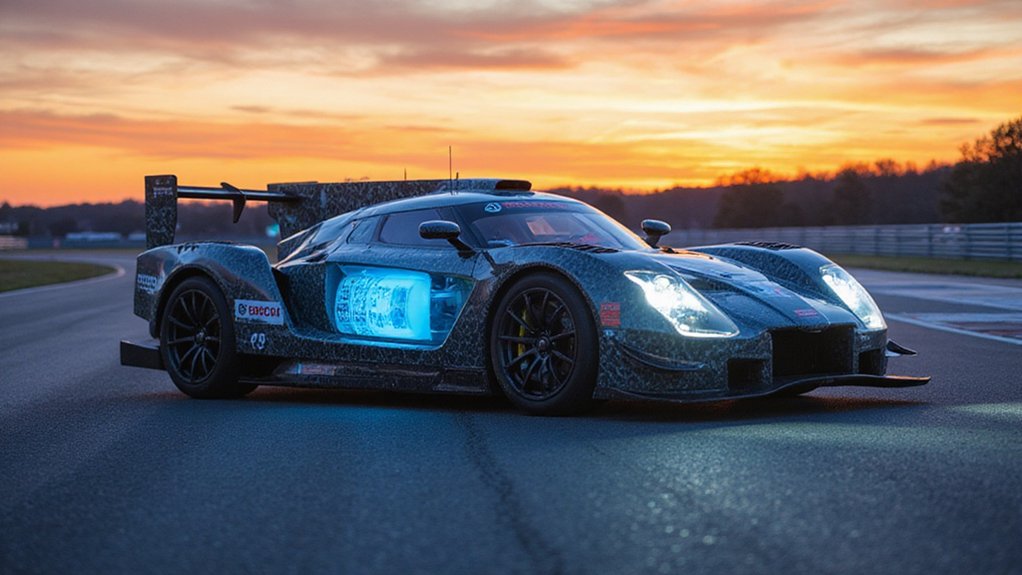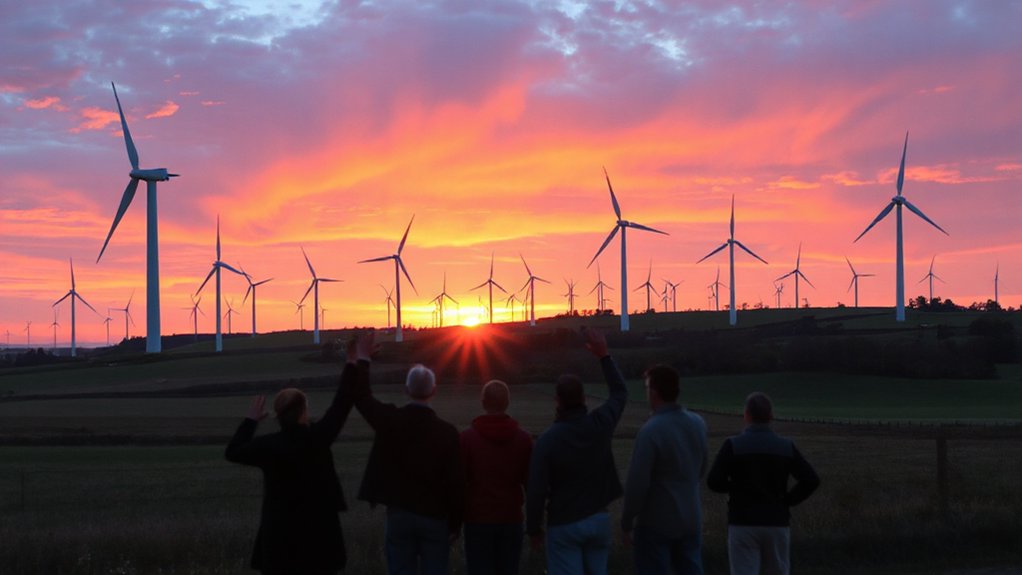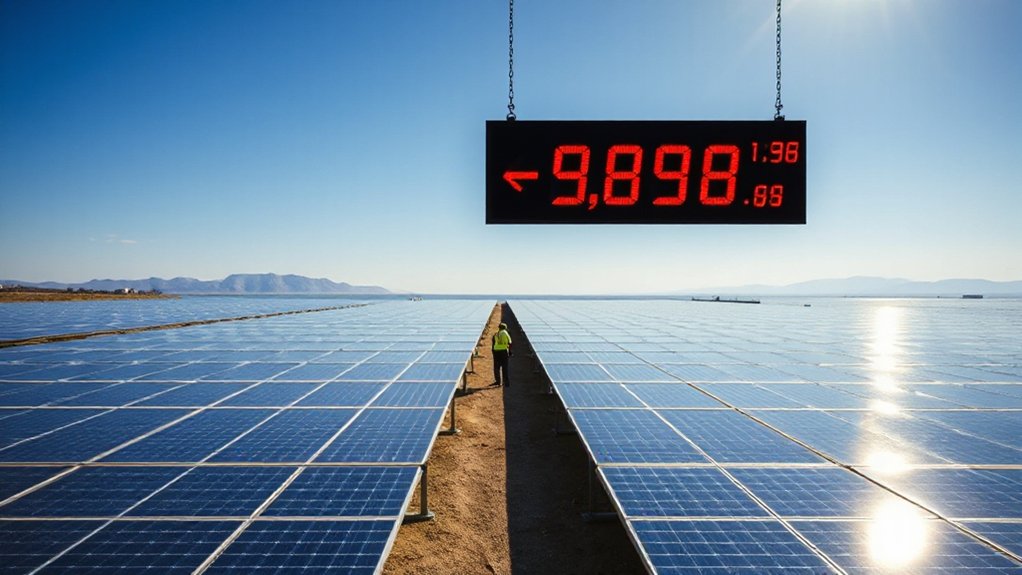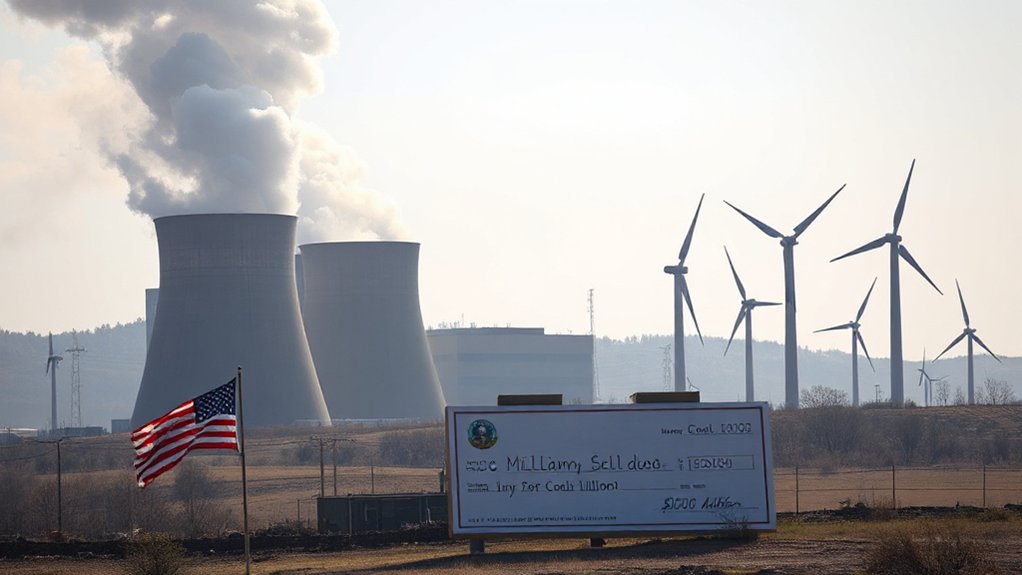Diesel’s days are numbered. Toyota just rolled out 40-tonne hydrogen trucks across Europe, and they’re not messing around. These beasts run on polymer electrolyte fuel cells, pumping out 128 kW of power while spitting out nothing but water vapor. Yeah, you read that right – water vapor.
Diesel’s done. Toyota’s hydrogen trucks are here – 128 kW of pure power, zero emissions.
The specs? Pretty wild. These trucks pack high-pressure tanks holding 7.8 kg of hydrogen at 70MPa. That’s enough juice for about 600 kilometers of range. The fuel cell stack has 330 cells working overtime, backed by a lithium-ion battery with 84 cells. It’s rear-wheel drive, measures 5,325 mm long, and handles like, well, a massive truck should.
Here’s the highlight – refueling takes about the same time as filling up a diesel rig. No more eight-hour charging sessions that kill productivity. Toyota partnered with Dutch company VDL Groep to get these trucks on European roads. VDL converted existing heavy-duty trucks into these zero-emission carriers, leveraging their two decades of chassis development experience. They’re already hauling freight for Toyota Motor Europe’s own supply chains. Talk about eating your own dog food.
The environmental angle is obvious. Zero CO2, zero NOx, just H2O coming out the tailpipe. Europe’s been whining about freight emissions for years. Now they’ve got a solution that actually works for long-haul routes, not just last-mile delivery runs around the city.
Infrastructure remains the elephant in the room. These trucks need hydrogen refueling stations along major transport corridors. The good news? Heavy-duty vehicles create demand that justifies building the infrastructure. It’s a chicken-and-egg problem that’s finally getting solved. These initiatives align with government policies designed to accelerate the transition toward greener energy solutions in the transportation sector.
Toyota’s gunning for full carbon neutrality by 2040. These hydrogen trucks aren’t just a science project – they’re a cornerstone of that strategy. Battery-electric trucks struggle with weight and range for long-haul freight. Hydrogen doesn’t. The company’s been refining this hydrogen technology since 1992, proving they’re playing the long game.
The permanent magnet synchronous motor delivers enough torque to haul serious cargo. The lower system weight compared to battery alternatives means more payload capacity. That’s money in the bank for logistics companies.
Europe’s highways are about to get cleaner. Whether the rest of the world follows suit remains to be seen.
References
- https://www.toyota-europe.com/brands-and-services/toyota-fuel-cell/fuel-cell-technology
- https://newsroom.toyota.eu/hydrogen-fuel-cell-trucks-to-decarbonise-toyota-logistics-in-europe/
- https://mag.toyota.co.uk/hydrogen-trucks/
- https://newsroom.toyota.eu/hydrogen-fuel-cell-hilux-project-reaches-demonstration-phase/
- https://www.toyota-europe.com/electrification/fcev
